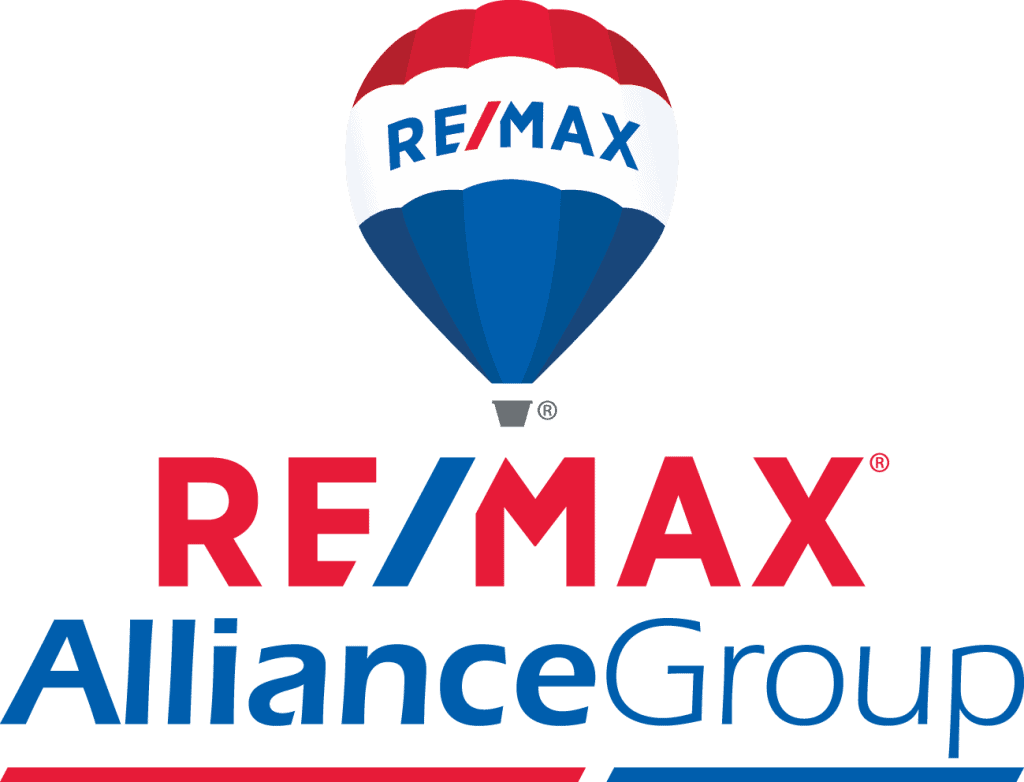Dispatches from the green front: projects becoming more ‘doable’
Tampa Bay Business Journal – April 20, 2007
by Michael Hinman
Staff Writer
Darren Brinkley of REAL Building in St. Petersburg sits atop old roof trusses that will be used in the future landscaping of the home. A single-family home near a canal in St. Petersburg and a 33-story residential tower in Tampa’s Channelside District might not seem to have a lot in common.
But they represent momentum in what has become an increasing trend in building environment-friendly structures in Tampa Bay — one some advocates claim is becoming a new local construction standard.
Darren Brinkley has started construction on his 2,000-square-foot house at 216 84th Ave. N.E. in St. Petersburg that will double both as his home and a model for his new development company, REAL Building. It just became the city’s first home certified by the U.S. Green Building Council’s Leadership in Energy and Environmental Design, and will be exactly what REAL Building will look to construct in the future, Brinkley said. Tree-hugging aside
“Everybody has concerns about their health, and everybody has concerns about the rising costs to run a house,” said Brinkley, who gutted an existing single-story home built in 1973 and will build two stories on top of it. “I think green building is definitely maturing, and people are recognizing it. Education is key.”
Building a LEED-certified house requires a developer to be creative to meet specific goals like drastically reducing water and energy use, recycling materials that normally are sent to landfills and taking advantage of the environment around a structure without disrupting it.
“People used to say that this is all craziness, that those who were promoting green building were nothing but a bunch of tree huggers,” said Colleen Mackin, executive director of the Green Building Council’s Florida Gulf Coast Chapter. “But people are realizing that’s not the case. Companies like Wal-Mart (NYSE: WMT), Bank of America (NYSE: BAC), Starbucks (NYSE: SBUX), they are going green because they are seeing the bottom line, they are seeing the benefits.”
Saving on utility bills in the long-term might get the accountants excited, but building custom green structures costs between 10 and 20 percent more. On a single-family house like Brinkley’s, such a hit might not be apparent. But for The Del Villar, a planned 33-story, 120-unit condo project on Channelside Drive and Whiting Street, those costs can compound quickly.
Towering green “I think it’s just the general movement within our office and in the industry in general,” said Rich Simmons, an architect with Urban Studio Architects in Tampa, which is working with Wilson Miller and Mercury Advisors in planning The Del Villar.
“Typically, we’ll see a little bit more upfront in construction costs, but it lowers the maintenance cost in the long run.”
The Del Villar received initial approval from the Tampa City Council earlier this week. It will include an undulating roof where plants and soil will replace concrete to provide a natural insulation, and cars will be parked automatically using a 265-space robotic parking garage system.
“Having a LEED-certified building is definitely more marketable than not having a LEED-certified building,” Simmons said. As green building becomes more common, competition on the supply side of construction will bring down upfront costs too, said REAL’s Brinkley.
“The only obstacle, which is the cost, is going to come down soon,” Brinkley predicted. “With more competition and more demand, supply can only get better.”
To receive more articles like this one subscribe to our Blog!
Enter your Email Address
Powered by FeedBlitz






